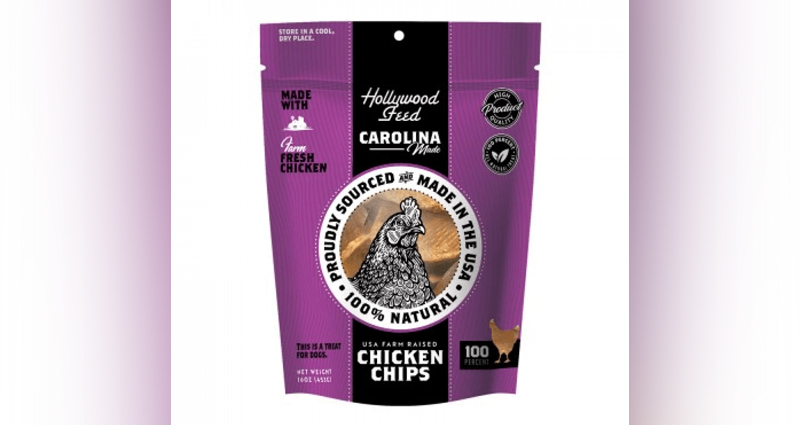NORFOLK, Va. (WAVY) — In a May 2022 jailhouse interview shortly after he turned himself in, Gary Moore told 10 On Your Side the truth would set him free.
He may not be free now, but he’s a lot closer than he was two days ago, when he was arraigned in a Norfolk Circuit courtroom on second-degree murder charges, along with two counts of malicious wounding and three counts of use of a firearm in commission of a felony.
Moore was accused of killing 33-year-old Roosevelt McKinney and injuring two bystanders in an April 2022 shooting inside MacArthur Center.
On Thursday, a jury convicted him on two counts of unlawful wounding, but it could not unanimously decide whether he was guilty of voluntary manslaughter, a reduced charge from murder. The Norfolk Commonwealth’s Attorney’s Office plans to re-try the manslaughter case.
There was never any question who pulled the trigger that day. The entire incident, along with the two, less-violent ones that preceded it, were captured on surveillance video. Moore identified himself in court in a piece of video just frames before being shown running out of a store, into the mall, arm fully extended and pistol in hand.
Instead, the case revolved around what Moore’s attorney called the legality of his decision to defend himself in a potentially life-threatening situation.
Evidence introduced into the trial included surveillance video and stills showing a brief altercation between a friend of Moore’s and another man, later identified as a relative of McKinney’s, outside of a store on 21st Street in Norfolk. It was taken hours before the shooting.
Moore testified that the two began scuffling, that he tried to break it up, and that he didn’t like “that type of stuff.”
Moore and his friend are seen again being approached by the man in a later video taken from a store inside the MacArthur Center, this time with a larger group of associates behind him.
The video shows fists swinging. Moore told the court he again tried to calm the situation down. He said he thought one of the other men had a gun hidden under his clothing.
Evidence introduced by the defense included photos of a handgun recovered under McKinney’s truck, though it was not suspected to have been used.
Moore had prior felony convictions on his record at the time of the incident and was not legally allowed to carry a gun. He told the court he did so anyway — for his personal protection. His sister had been murdered. He kept it in the satchel seen hanging over his shoulder in the video.
He said he told the men who were trying to fight his friend that he had a gun and that he was going to go to jail if the police showed up. In court, he explained that he removed his hat in the video and replaced it with a full-face covering in an attempt to protect his identity, believing that law enforcement was already on their way.
Moore testified that he and his friend made their way out of the store, past the other group’s threats and name-calling, and entered the Lids store to retrieve an embroidered hat.
It was at the conclusion of the third encounter between the two groups of men that the conflict turned deadly.
McKinney, who had not been involved in the previous scuffle, is seen on video entering the store. A fight ensues, and he’s joined by his relative as Moore’s friend stumbles to the ground.
Moore testified that the men tried to take his friend’s backpack and the satchel around his neck containing the gun — actions his lawyer would later argue amounted to attempted robbery.
“This whole thing is just shocking to me. … my fear level was through the roof,” he recounted from the witness stand.
He also said the men told him they were going to kill him, and that he believed them.
“It went from threatening to actually trying to do what they said they were trying to do,” he said.
Roosevelt and the other man briefly retreat in the video, then rush back toward Moore.
Moore said he thought he’d received puncture wounds to his hand, and that his friend’s head was bleeding.
“There’s nowhere to go at this point,” Moore said in his testimony. “I’m trapped; that’s what’s running through my mind.
It was then that he decided to remove the handgun from his satchel. Stills and video show Moore chase the other men into the mall, firing several times.
“At that point, I’m just shooting to get them out of that store,” he said.
He then runs back to get his friend and the two flee the scene.
After Moore’s testimony, the judge granted a motion by the defense to reduce the second-degree murder charge to voluntary manslaughter and the malicious wounding charges to unlawful wounding.
In their closing arguments, the commonwealth’s attorney noted to the jury that Moore had two-and-a-half years to prepare his testimony for the trial. He was the one, they reiterated, that introduced a gun into a fistfight.
The jury deliberated for about five hours before delivering their verdict. After they were excused, the defense introduced a motion to strike the manslaughter charge altogether.
The judge said she would take the matter under consideration. Her decision denying the motion was filed late Thursday afternoon.
“He admitted that he did it. He killed my son for no reason at all,” McKinney’s mother, Stacey McKinney-Whack, said outside of the courthouse.
“This man stood up there and testified that he shot my son, and they got the forensics from the gun,” she said. “He took it upon himself to kill my son from behind, and even ran in the mall behind him and gunned him down. And they found him [guilty] on the unlawful [woundings] of the two bystanders but not my child?”
10 On Your Side also spoke with Moore’s attorney, Kristin Paulding, after the final decision was filed. She said it was important for her client to testify because the commonwealth’s evidence lacked a human element to explain what transpired that day.
“They called police witnesses, they called forensic witnesses, but there were two individuals … who were shot, who were victims, and they did not come to testify,” she said. “[McKinney’s relative] did not come to talk about how things started in the Lids, or how he called [McKinney] and told [him] to go down to the Lids to start the confrontation.”
She said the picture painted by the prosecution was incomplete as the police and prosecutors rushed to judgement after the incident.
“The video clearly showed that both Roosevelt McKinney and [his relative] were trying to rob Gary Moore and his friend … you can see that plainly when Roosevelt McKinney comes in and starts to forcefully take Mr. Johnson’s bag,” she said. “But when the police take out their warrants against Gary immediately and they don’t have any context for how that happened, I really think that’s where they got it wrong.”



















































